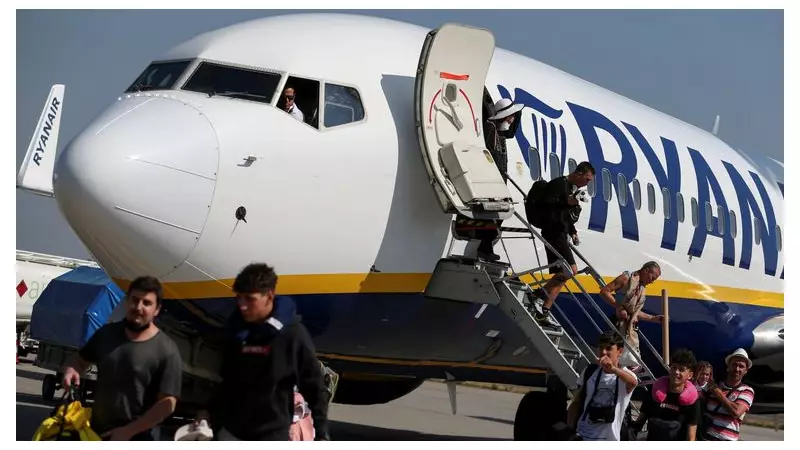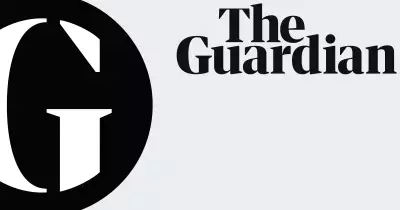
Ryanair has announced a spectacular 42% surge in annual profits, reaching an impressive €1.92 billion (£1.63 billion) as the budget carrier capitalises on increased ticket prices and robust passenger demand.
The Dublin-based airline, Europe's largest low-cost carrier, revealed that average fares jumped by 21% in the year to March 31st, driving revenues up to a record €13.44 billion (£11.4 billion). This financial performance significantly outstripped market expectations and demonstrates the airline's strong post-pandemic recovery.
Passenger Numbers Reach New Heights
Despite the higher fares, Ryanair transported a record 183.7 million passengers during the period, marking a 9% increase from the previous year. The airline's load factor - measuring how full its planes are - remained strong at 93%, indicating continued strong demand for budget air travel across Europe.
Michael O'Leary, Ryanair's outspoken chief executive, attributed the success to "a combination of strong traffic growth and higher fares" while noting the airline benefited from the collapse of several competitors in key markets.
Summer Outlook and Future Challenges
Looking ahead to the crucial summer season, Ryanair expects traffic to grow by 8% to 200 million passengers. However, the airline cautioned that average fares are likely to rise more modestly, projecting increases of up to 10% during the peak travel months.
The airline faces several headwinds, including:
- Delayed deliveries of new Boeing aircraft affecting capacity growth
- Rising fuel costs impacting operational expenses
- Ongoing air traffic control disruptions across Europe
- Increased environmental pressures and potential regulation
Industry Implications
Ryanair's strong performance signals a robust recovery in the European aviation sector, though it also highlights the ongoing cost pressures facing travellers. The airline's ability to maintain strong passenger numbers despite significant fare increases suggests that demand for air travel remains resilient, even in the face of economic uncertainty.
The results are likely to be closely watched by competitors including easyJet, Wizz Air, and traditional carriers, all of which are navigating similar market conditions while trying to balance profitability with customer affordability concerns.





